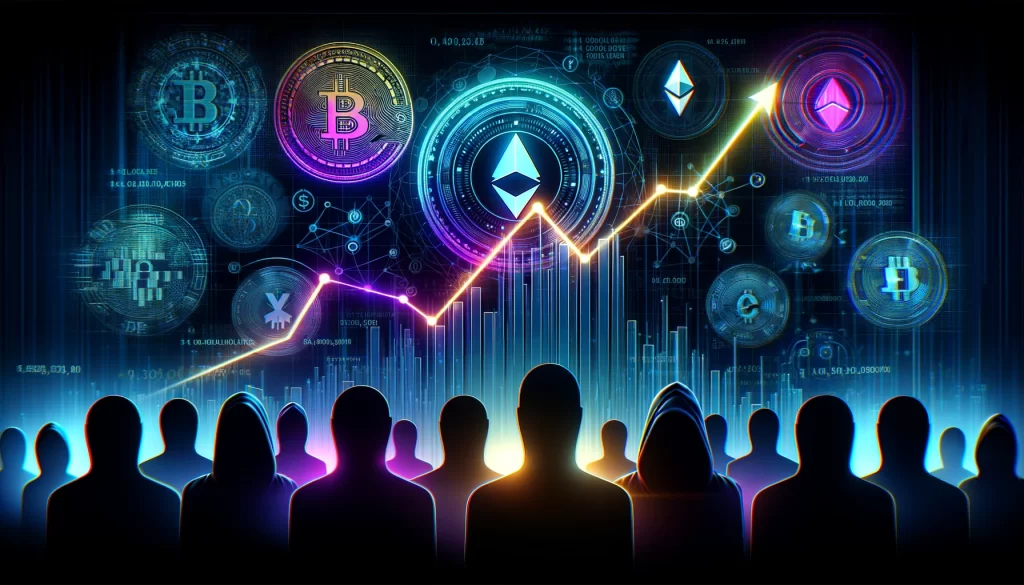The intersection of cybersecurity and darknet solutions is an area of growing concern for both security professionals and organizations. As the darknet, a hidden part of the internet not indexed by traditional search engines, continues to thrive, it has become a haven for illegal activities and malicious actors. From cybercrime marketplaces to encrypted communications, the darknet offers a range of tools that can be used for both harmful and protective purposes, creating a complex challenge for cybersecurity. On one hand, the darknet is a significant source of threat for cybersecurity. Cybercriminals use this space to sell stolen data, exploit vulnerabilities, and offer malicious software like ransomware or hacking tools. The anonymity offered by platforms like Tor makes it difficult for authorities and security teams to trace the origin of these activities, posing a considerable risk.

Furthermore, the darknet allows for the trade of zero-day exploits, which are vulnerabilities in software that are unknown to the vendor. These exploits can be weaponized by attackers to compromise organizations’ systems before they have a chance to patch them. On the other hand, cybersecurity experts and ethical hackers also turn to the darknet for research and intelligence gathering. The same anonymity that shields criminals also enables researchers to track trends in cybercrime and identify new threats before they escalate. Security teams often monitor darknet forums and marketplaces to understand the tools and techniques being sold to attackers. This proactive approach allows them to prepare defenses and develop countermeasures to protect against emerging threats. Moreover, some legitimate cybersecurity solutions have emerged from the darknet. For example, the use of encrypted communication channels, once exclusive to illicit transactions, has found mainstream adoption for securing sensitive business communications.
Similarly, the idea of decentralized, anonymous networks has influenced the development of privacy-focused technologies used for legitimate purposes, such as ensuring user privacy in regions with oppressive governments. However, the blurred line between the beneficial and malicious use of darknet technologies complicates the relationship between cybersecurity and the darknet. While darknet solutions can enhance privacy and security, they also pose a significant risk when used for illicit purposes. The challenge for cybersecurity professionals is to differentiate between these two uses, while developing strategies to combat cybercrime without stifling innovation in privacy and security practices. The intersection of cybersecurity and Mega сайт darknet solutions is a double-edged sword. While it presents new opportunities for secure communication and threat intelligence, it also amplifies the potential for cybercrime. To stay ahead, cybersecurity experts must continuously evolve their strategies, balancing the protective aspects of darknet technologies with the ever-present dangers they pose.
